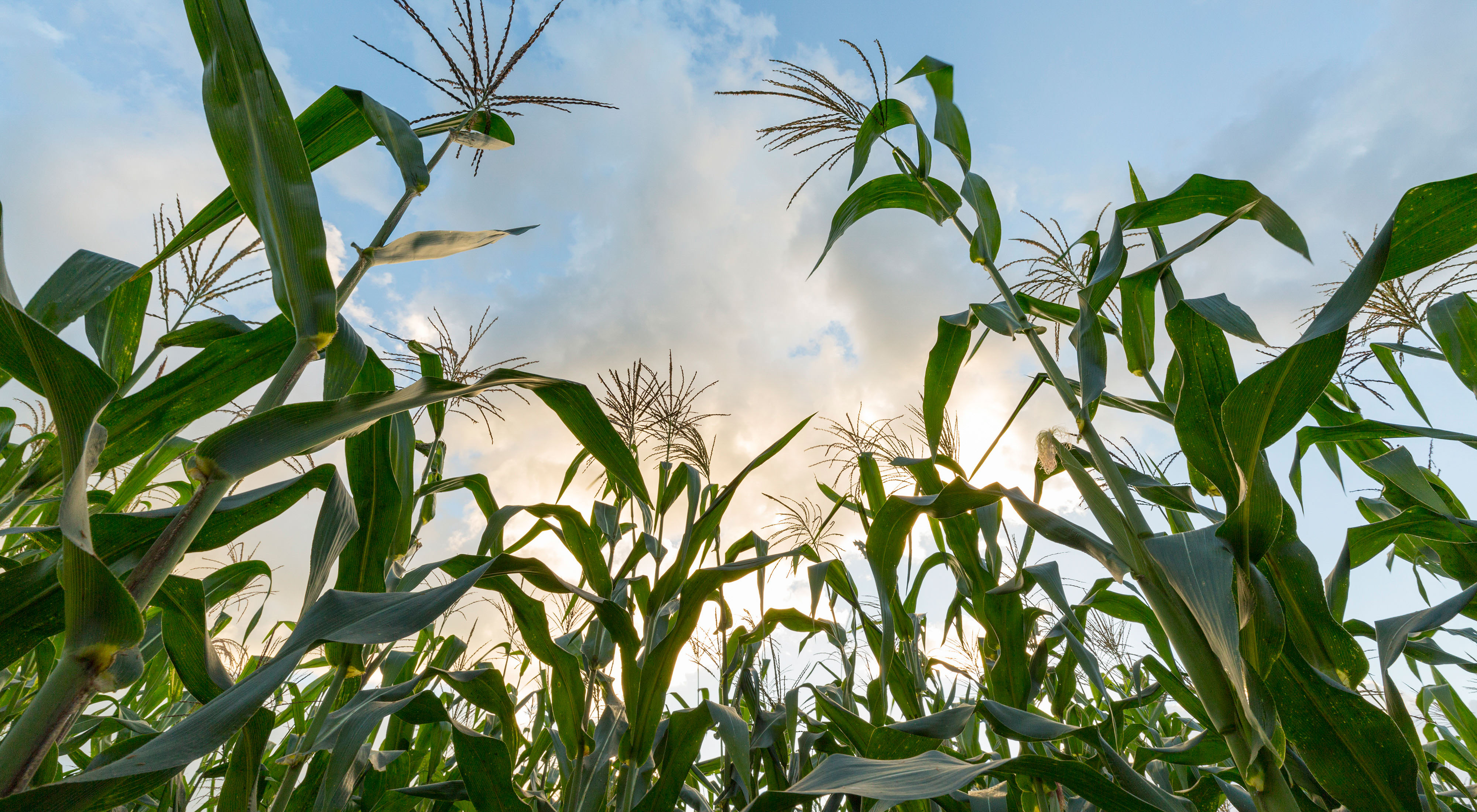Our Food Connects us to Nature, and to Each Other
It starts with healthy soil beneath our feet

There may be no stronger relationship between our lives and nature than the food on our plates and the water in our glasses. At this time of year, full of potlucks and holiday feasts, there are many opportunities to think about how much nature really gives us.
So much of our food relies on the ground under our feet and the freshwater that flows across our landscapes to our taps. Our food also needs the space to grow, space that is increasingly limited. Because new farms often are developed where forests and grasslands sit, protecting nature also means working with farmers to strike the right balance.
The good news is The Nature Conservancy is busy working with farmers to feed more people without needing to develop more natural lands. A lot of this work starts with the rich earth that connects us all. When we take the steps to make sure our soil is healthy and alive, farmers can grow more food on less land, protect people’s drinking water and even benefit our climate.
With your support, we can continue to innovate so that our farms can give us more, and so nature can too.
We can thank microbes –beneficial bacteria and fungi – for the perks we get from healthy soil. There are actually more microbes in a teaspoon of healthy soil than there are people on Earth. These microscopic miracle-workers recycle nutrients and allow the soil to soak up rain like a sponge and filter the water gradually. And if that wasn’t enough, these microbes fight climate change by breaking down carbon and storing it in the soil for decades or even centuries.

We’re excited to work with farmers to keep more of these amazing microbes in the ground so both our food and our planet can flourish. And your continued support helps us accomplish this.
The more we see nature and the way we grow our food as connected rather than separate, the more we can find ways to mutually benefit both.
So when you’re eating sweet potatoes or spinach at your next holiday meal, try and think about the role that nature played in filling your plate.

